Specialized in Diagnosing and Treating May-Thurner Syndrome with Expert Care
Expert Diagnosis, Minimally Invasive Treatment,
and Ongoing Support

What is May-Thurner Syndrome?
May-Thurner Syndrome (MTS) is a condition where the left iliac vein (B), which carries blood from the left leg back to the heart, is compressed by the right iliac artery (A).
This compression can slow down blood flow and increase the risk of developing deep vein thrombosis (DVT)—a blood clot in the deep veins of the leg.
This compression can slow down blood flow and increase the risk of developing deep vein thrombosis (DVT)—a blood clot in the deep veins of the leg.
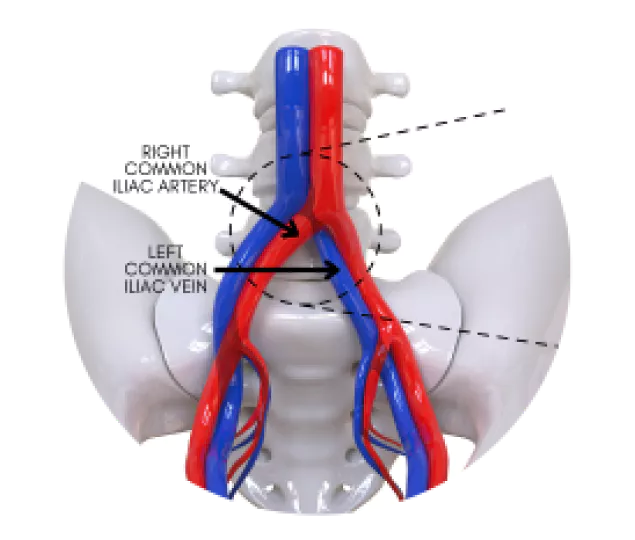

What Are May-Thurner Symptoms?
Without a Blood Clot:
- Mild to moderate swelling in the left leg
- Aching or heaviness in the leg, especially after standing or walking
- Visible varicose veins in the left leg or groin area
- Skin discoloration or mild redness
- Sudden, severe swelling in the left leg
- Pain or tenderness, especially in the calf or thigh
- Warmth or redness over the affected area
- Skin that feels tight or firm
May-Thurner
Syndrome Causes
The primary cause of May-Thurner Syndrome (MTS) is anatomical compression, specifically, the right iliac artery pressing down on the left iliac vein.
This pressure narrows the vein, slows blood flow, and increases the risk of developing a deep vein thrombosis (DVT) in the left leg.
This compression is often a congenital (present at birth) structural issue, though symptoms may not appear until later in life or after certain risk factors (like pregnancy or prolonged immobility) trigger clot formation.
This pressure narrows the vein, slows blood flow, and increases the risk of developing a deep vein thrombosis (DVT) in the left leg.
This compression is often a congenital (present at birth) structural issue, though symptoms may not appear until later in life or after certain risk factors (like pregnancy or prolonged immobility) trigger clot formation.
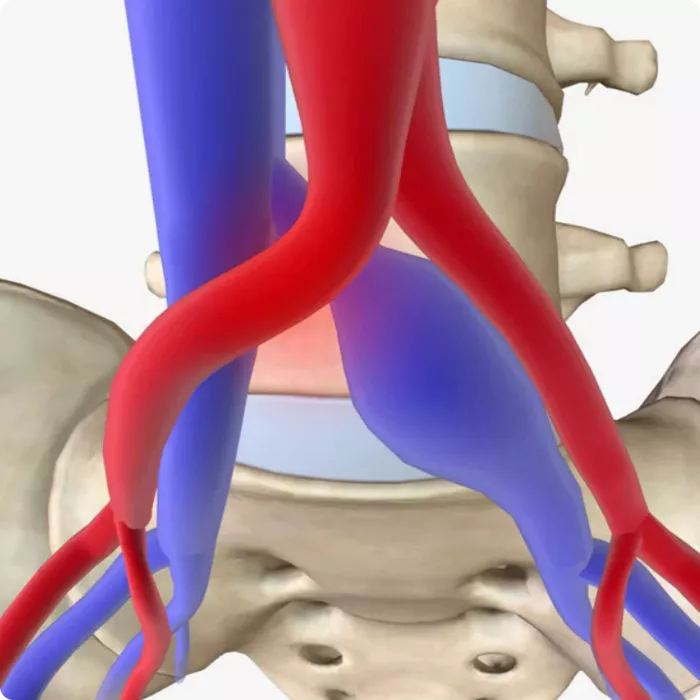

May-Thurner Syndrome Risk Factors
Whether you have symptoms or not, certain lifestyle factors, medical history, and physical traits may increase your risk. Below, we’ve outlined the most common risk factors for MTS.
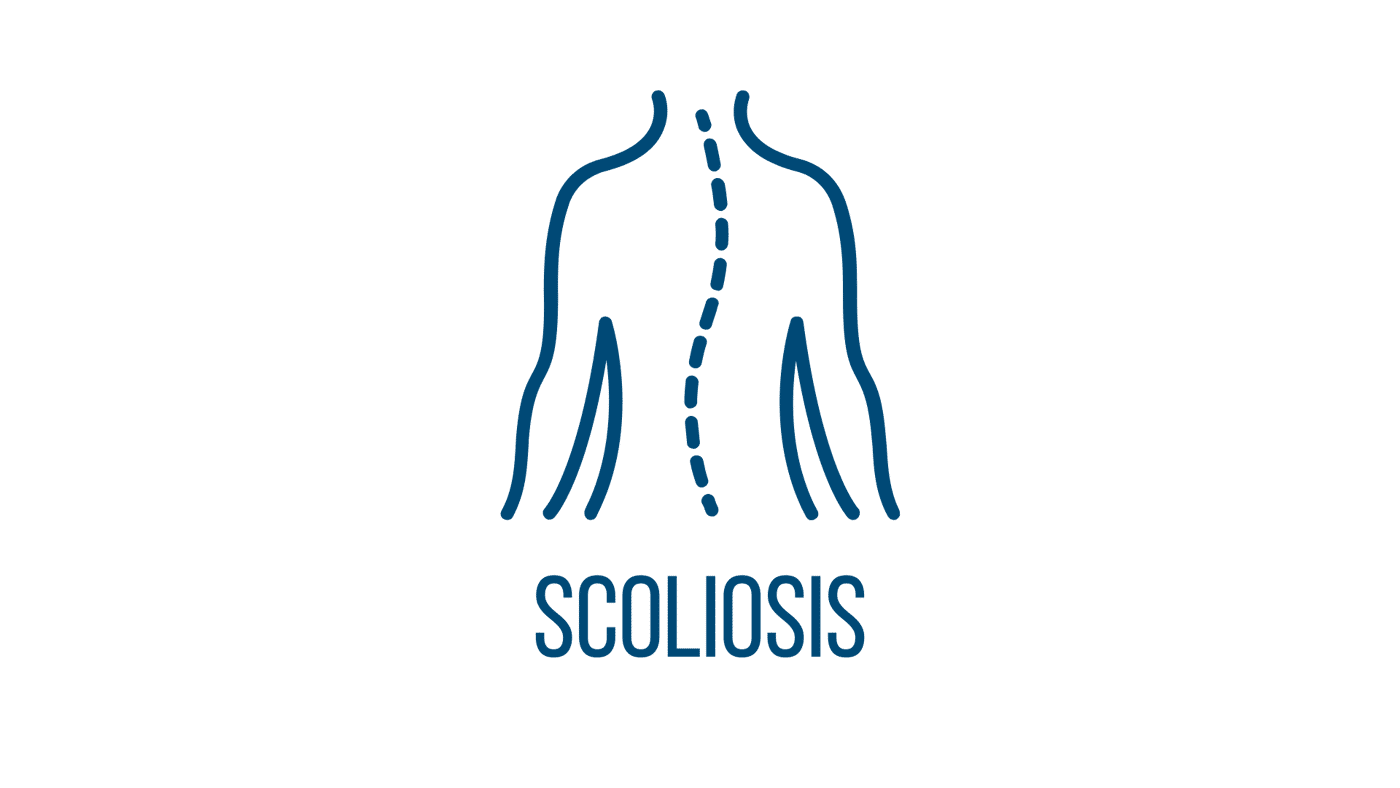
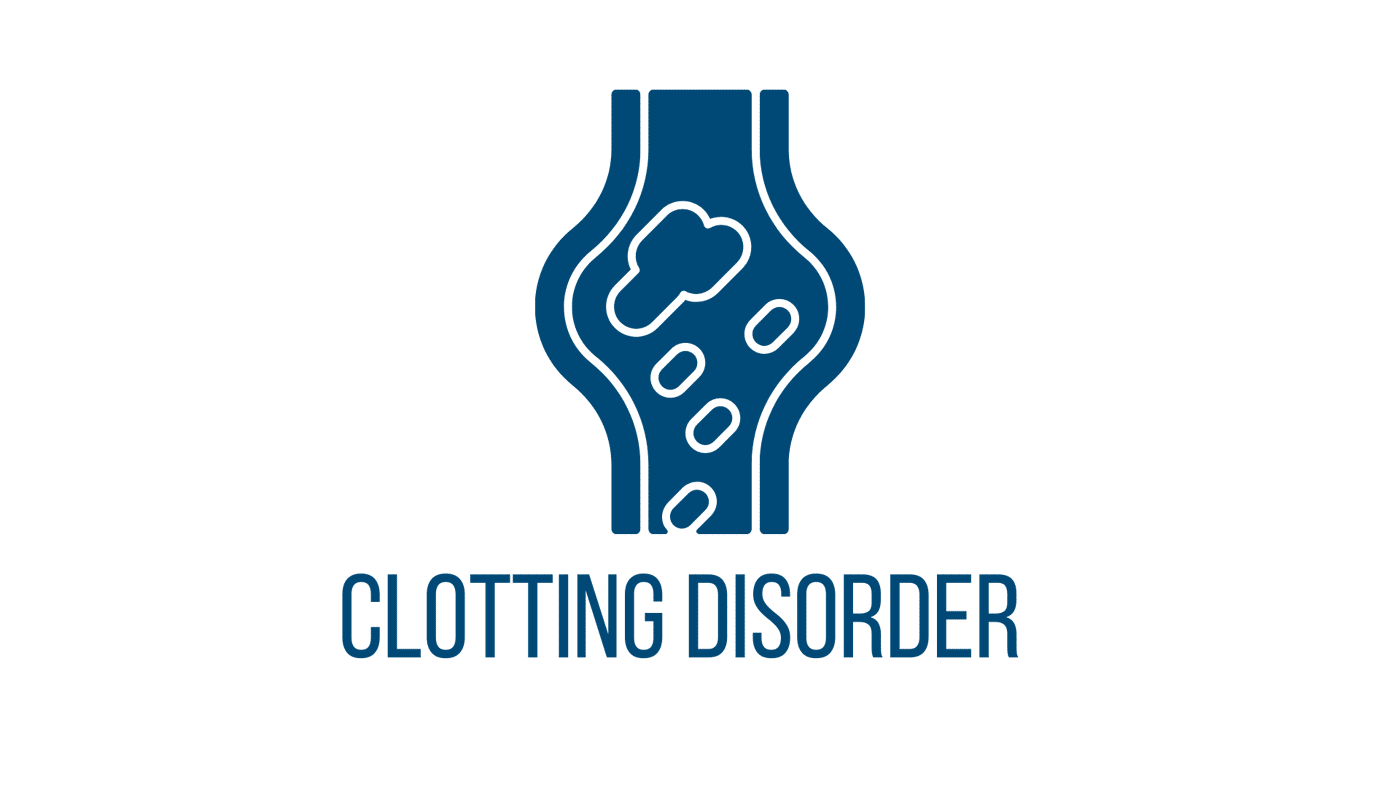
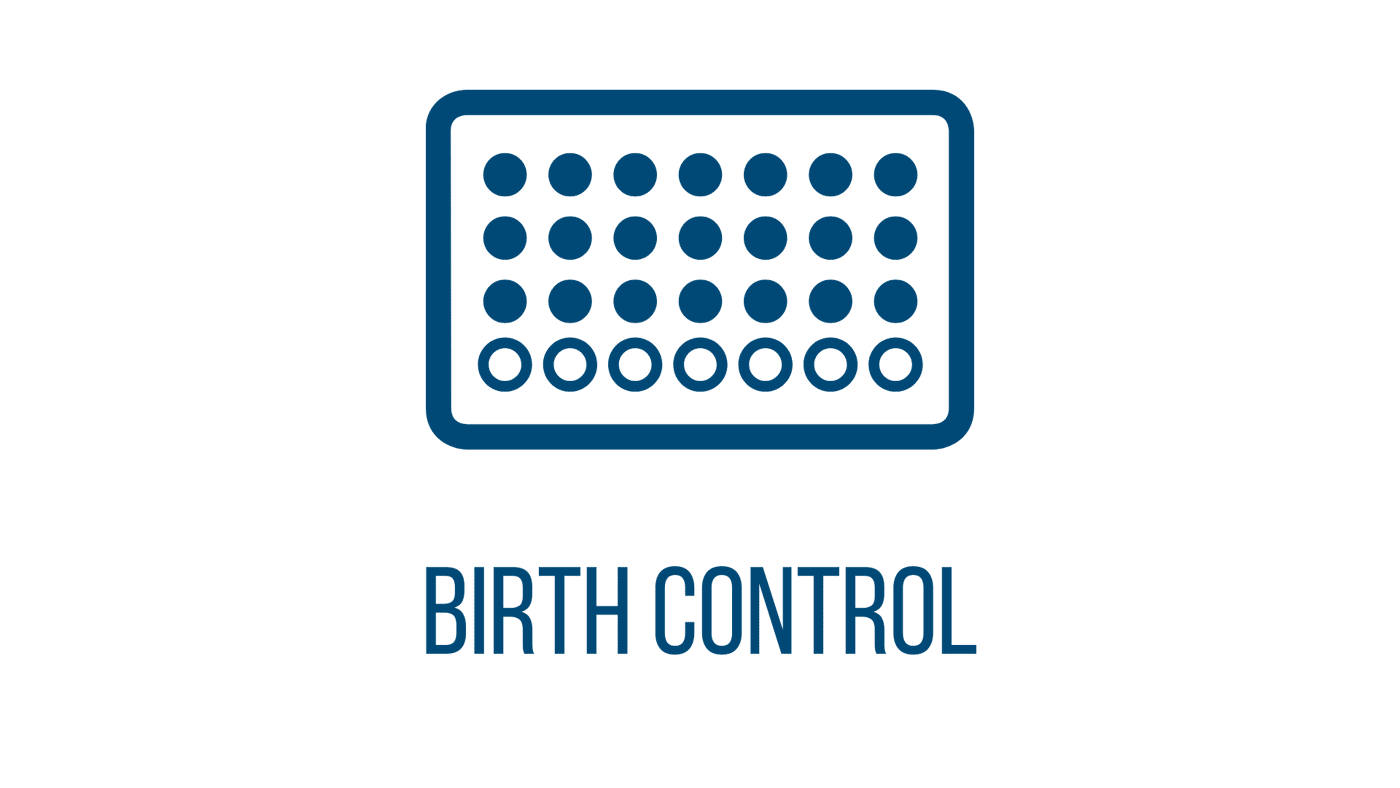
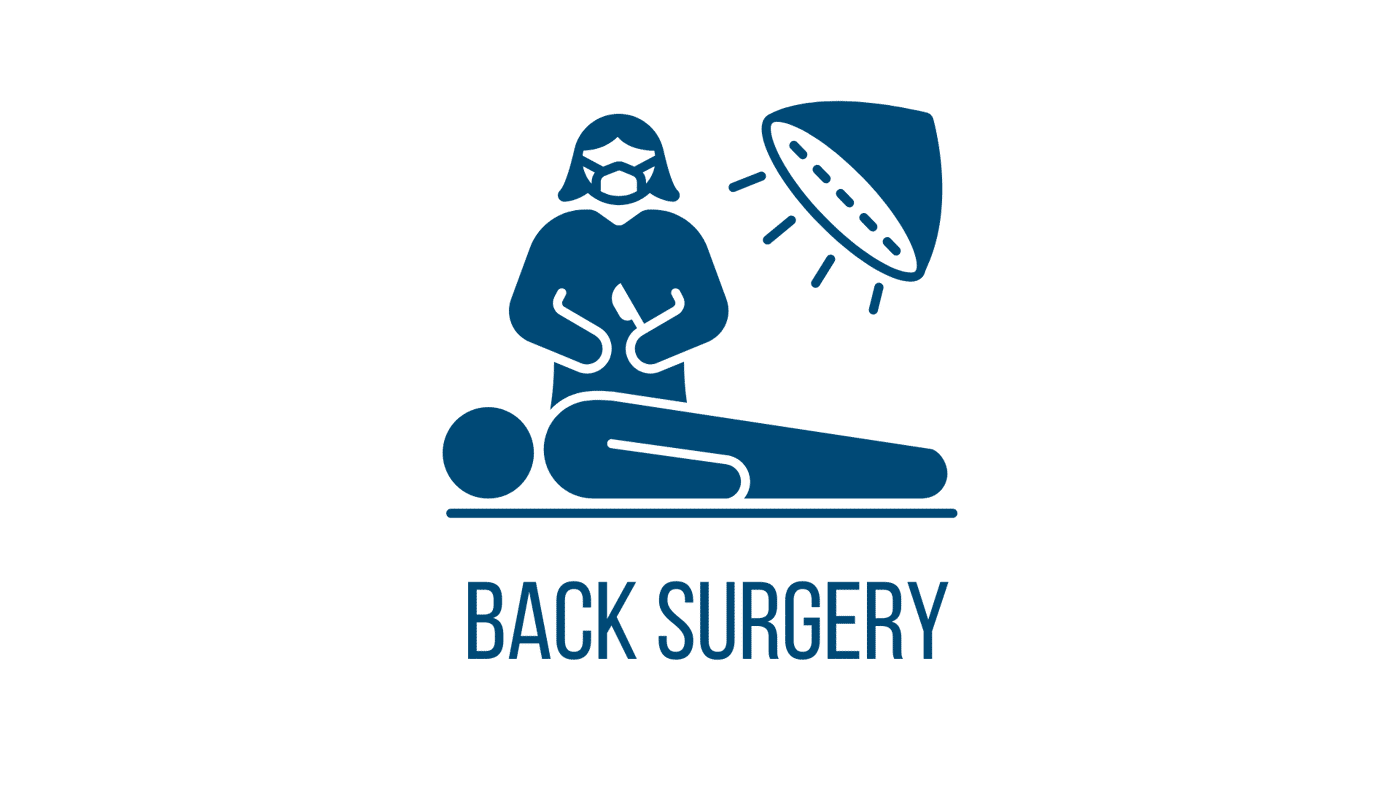


May-Thurner
Treatment Options
- Blood Thinners (Anticoagulants):
Used to treat or prevent blood clots like deep vein thrombosis (DVT). - Angioplasty and Stenting:
A small balloon is used to open the narrowed vein, and a stent (a small mesh tube) is placed to keep it open long-term. - Thrombolysis or Thrombectomy:
If a large clot is present, doctors may use medication to dissolve it (thrombolysis) or a procedure to remove it (thrombectomy). - Compression Stockings:
Help reduce swelling and support circulation, especially after a clot has formed. - Surgery (Rare):
In severe or complex cases, surgical bypass may be considered, though this is uncommon.

Meet Our Doctors
Expert Vein & Arterial Care with Advanced, Minimally Invasive Treatments
Dev Batra, MDVascular & Interventional Radiologist

Steve C. Hong, MDVascular & Interventional Radiologist

Kareem Elshatory, MDVein
Specialist
Specialist
Why Choose Us?
Trusted care recognized for results
You're In Good Hands With Our Team
Compassionate care team andcollaboration that educates and puts our patients at ease.

Stop Hiding Your Legs And Start Showing Them Off
Transformative results from pain,inactivity, and embarrassment to a more confident, active, and pain-free life.

Our Expertise: A Patient-First Focus
Highly trained, skilled specialists with a passion for improving the quality of lifefor our patients through minimally
invasive treatments.
Clarity From Day One,
Every Time
No Surprises—just clear explanations, upfront cost estimates, and guidance on your insurance options with most plans accepted.patients at Texas Vascular Institute
Real Reviews from Real PatientsTexas Vascular Institute always appreciates feedback from our valued patients.To date, we’re thrilled to have collected hundreds of reviews with an average rating of 5 out of 5 stars.
Insurance
We Make It Work for YouOur knowledgeable administrative team is hands-on throughout the entire process allowing you to be more hands-off. We understand the complexities of dealing with health insurance and we’re here to uncomplicate it for you.For help with any insurance-related question, we’re just a phone call away.






